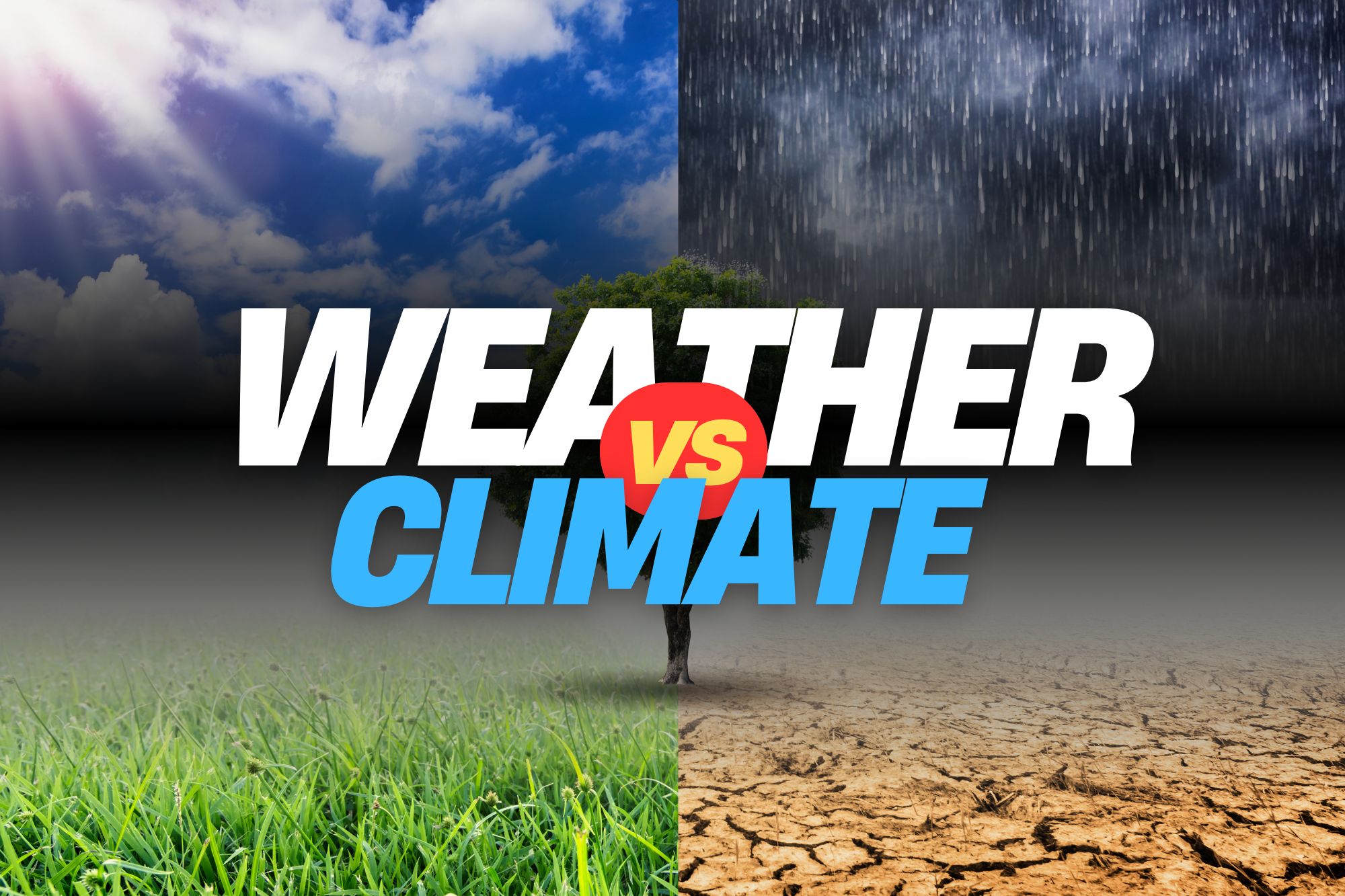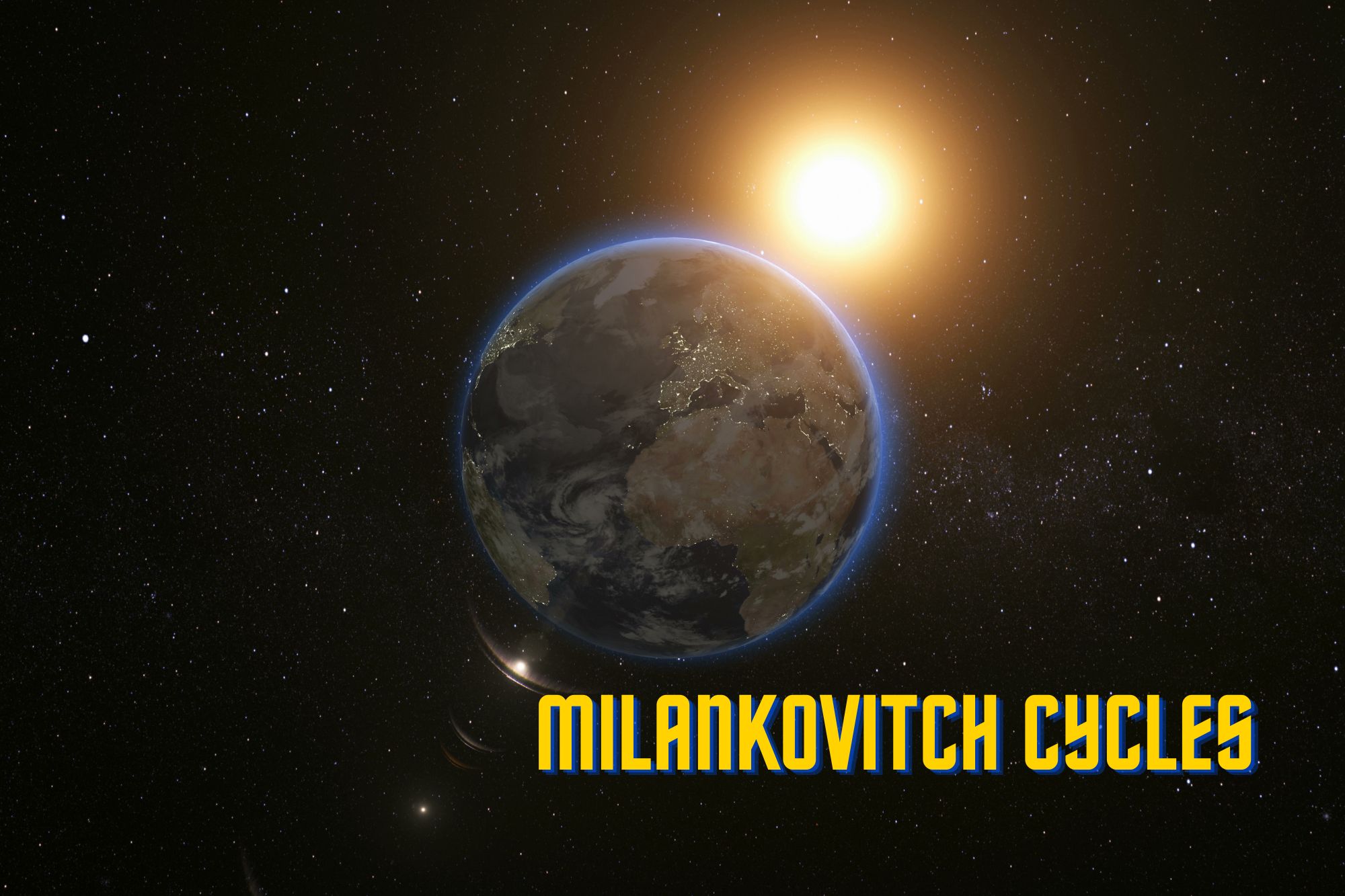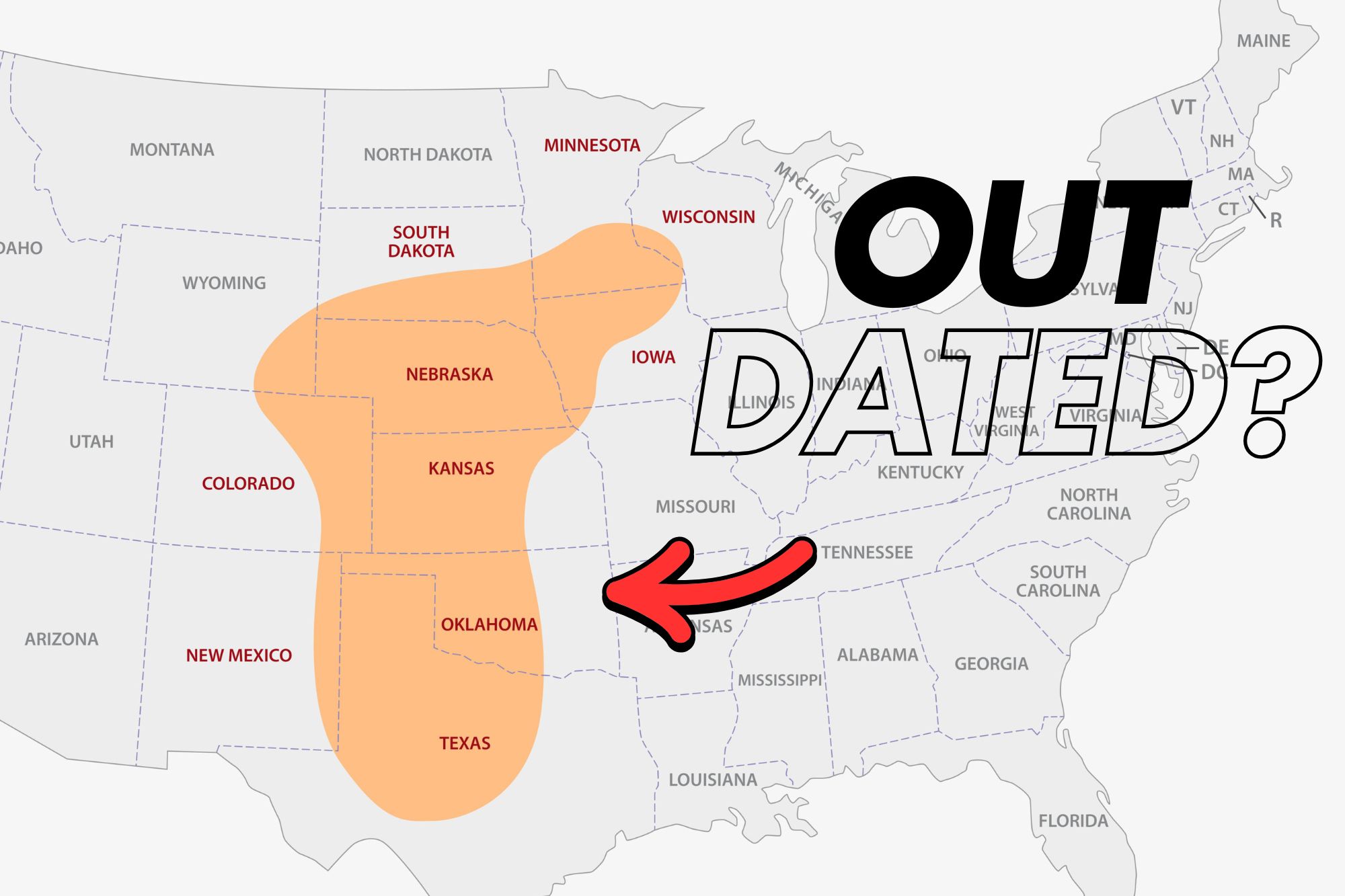Episode 10: The Polar Vortex – Bitter Cold May Be Unleashed
In this episode of the Weather Whys Podcast, host Ed Oswald explains the intricacies and impacts of the polar vortex, a term that has become part of everyday winter vocabulary. The episode delves into the polar vortex, its functions, and the phenomena of sudden stratospheric warming events that can disrupt it. Oswald distinguishes between minor … Read more





